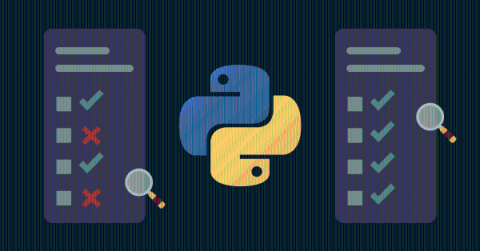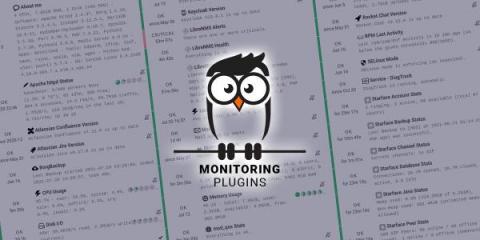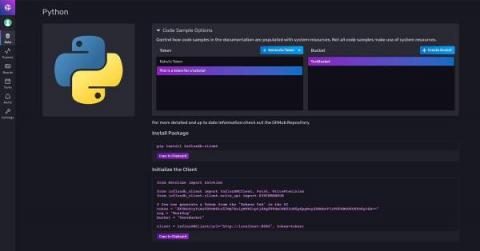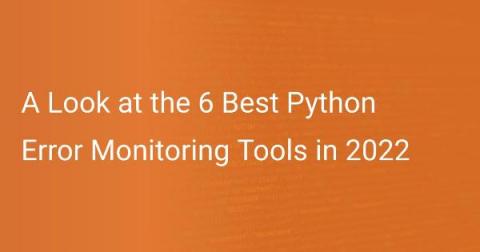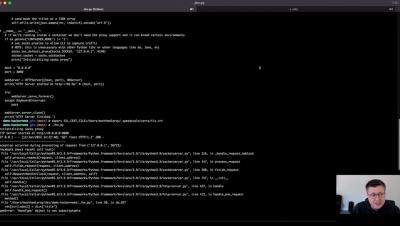Testing Python: Understanding Doctest and Unittest
Testing is crucial in the software development phase. It helps ensure easy debugging, agile code, and enhanced reusability. Performing tests that cover all use cases helps prevent a codebase from breaking — minimizing exposure to vulnerabilities. Python has two main testing frameworks that developers can use, doctest and unittest.



